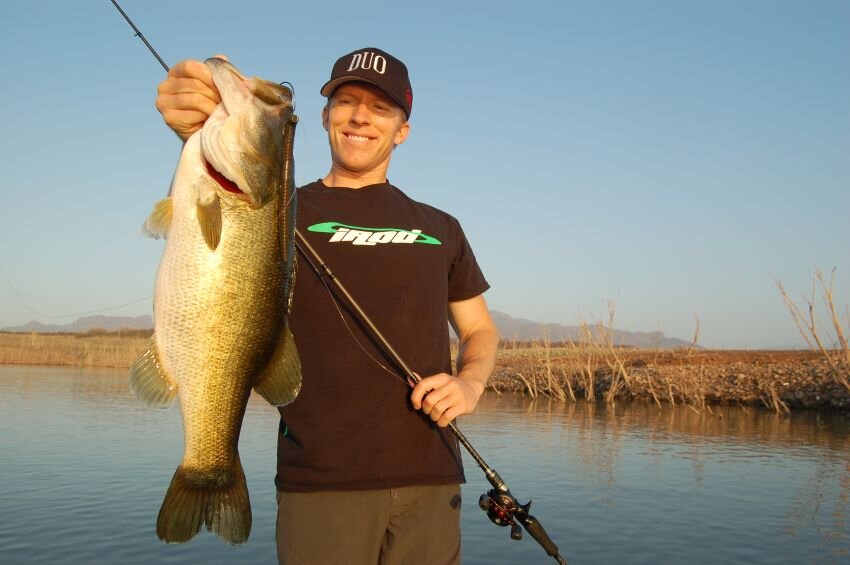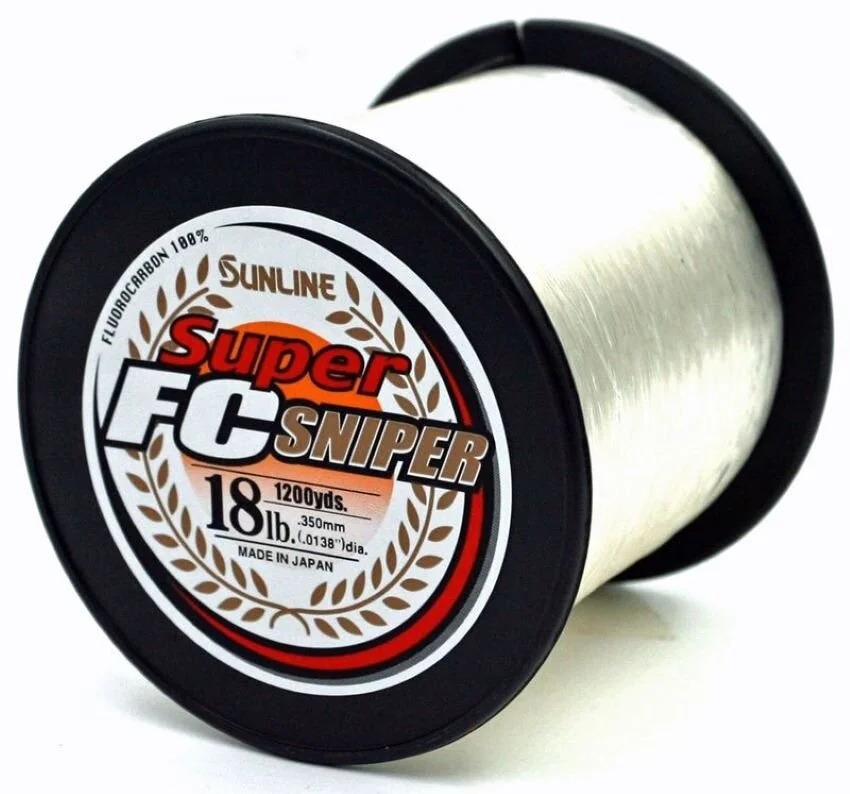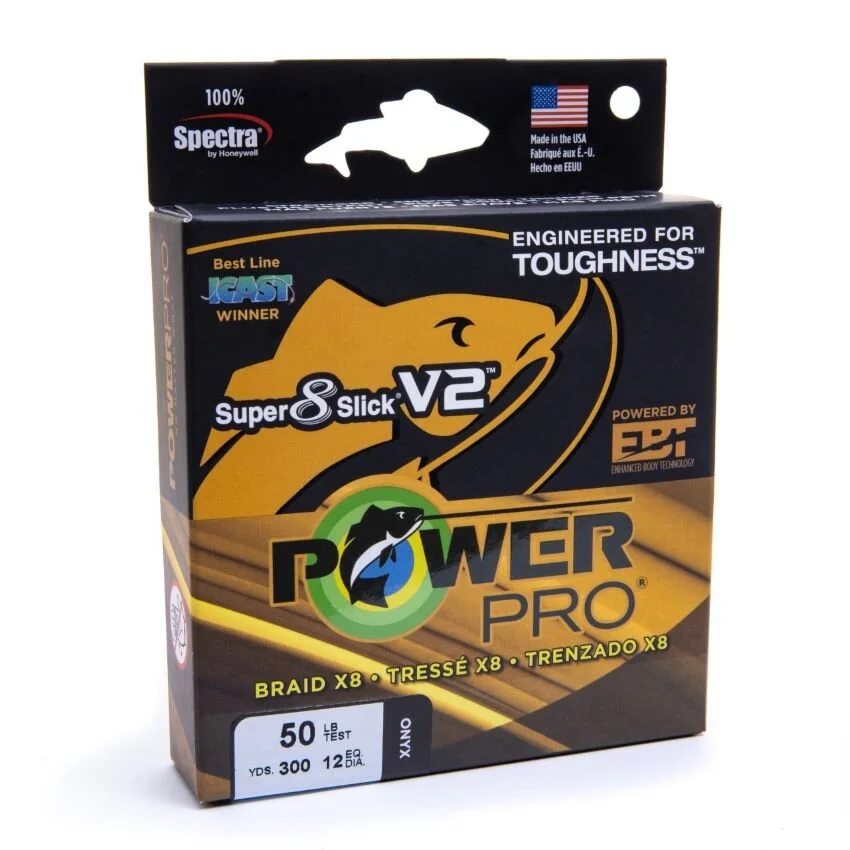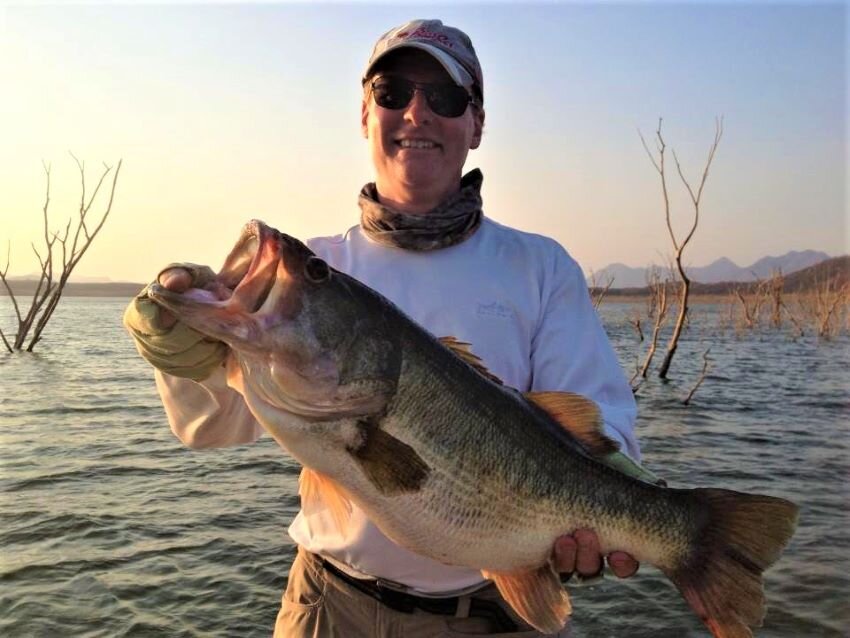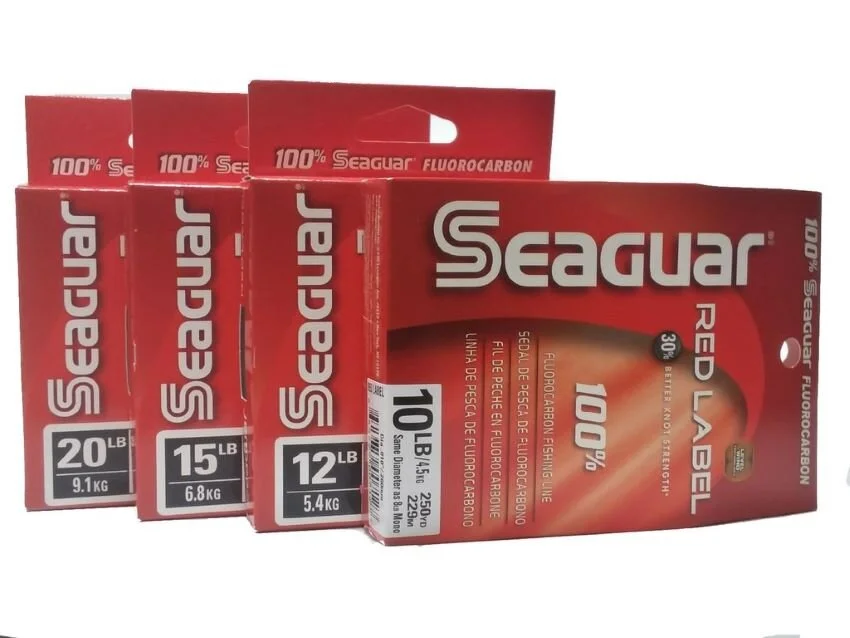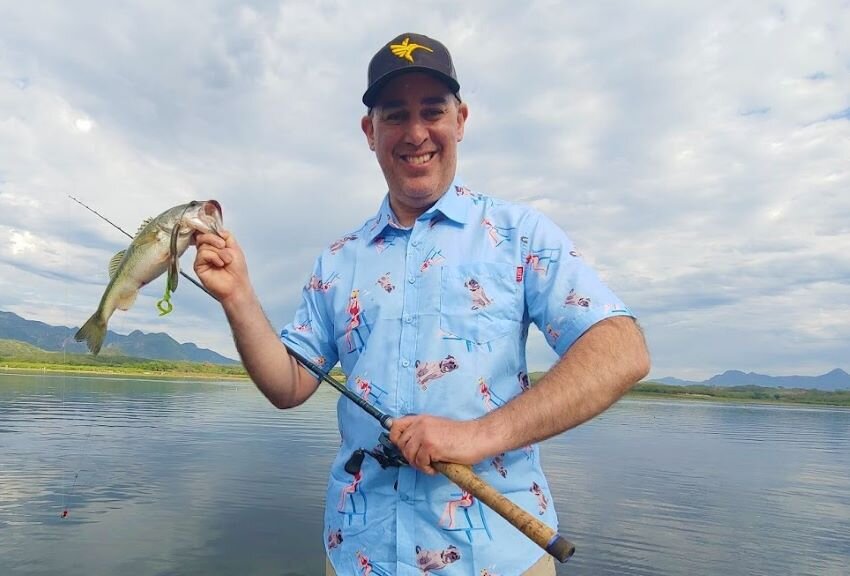Simplified Line Choices for El Salto and Picachos
Right after “Is it safe?” and “What lures do I need to bring?” the question that we’re asked most frequently about fishing at Anglers Inn properties concerns line size and line type. In one sense, modern anglers are plagued and occasionally paralyzed by a wealth of choices – there is braid, fluorocarbon, monofilament and copolymer and a wide range of traditional and non-traditional strengths (18- and 22-pund Sunline, anybody?). That leads us to overcomplicate things.
The bottom line as far as I’m concerned is that you should go with what you’re comfortable with, and err on the side of keeping it heavier rather than lighter. On the latter point, I don’t use anything under 17-pound test.
My friend Duncan Maccubbin uses 50-pound Power Pro braid for every technique down there, and he catches as many fish – including big fish – as anyone I know.
That said, when the Bass University crew took a trip to El Salto in 2017, pros Fred Roumbanis and Pete Gluszek got on a good bite with small swimbaits. Fishing the same bait, Gluszek got many more bites with 14 pound fluoro than Roumbanis did with 20. When Fred respooled and downsized, his catch rate skyrocketed. As a general rule, I don’t think the fish down there are line-shy, but that’s one example where skilled anglers found that line diameter made a difference.
So where should you come down within the extremes of “It doesn’t matter at all” and “It matters sometimes”?
Find your happy medium. If your perception based on a feeling or your confidence level tells you to change, make the change – and stick with your preferred lines, the ones you have experience with. If you try to go outside of that comfort zone for the first time, a big fish is going to make a fool of you.
Following Duncan’s example, I’ve switched to a lot of 30-, 40- and 50-pound braid for my trips to Mexico. I use it for flipping deep trees and as my main line on a Carolina Rig. I use it for some spinnerbaiting. Contrary to the advice of just about everyone except David Fritts, I use it for a lot of my deep cranking. On the latter point, cranking with braid instead of fluorocarbon or mono requires me to use a soft “launcher” cranking stick to compensate for the lack of stretch. Also, you may get hung up more, or more inextricably, but those are trade-offs I’m willing to make. If you’re not, then stick with fluorocarbon.
I prefer most topwaters (in particular the Rio Rico) on 17- or 20-pound copolymer (although I fish the Whopper Plopper 130 on 50-pound braid). I like my wacky rigged Senkos on 17- or 20-pound fluorocarbon. Sometimes I fish my Texas rigs on fluoro and sometimes on braid, depending on the length of the cast, the density of the cover and the nature of the bite.
Does 12- or 14-pound line occasionally get more bites? Perhaps, but I’m not willing to risk it. These fish have sharper “teeth” than their northern counterparts and they’re remarkably strong. Furthermore, the cover they’re around is gnarly. Go light and you are going to have your heart broken…a lot.
Once you’ve settled on the line or lines that you prefer, be sure to bring extra and take an extra 15 minutes in the evening to respool if you think it’s at all necessary. You can even do that at the bar while drinking a Pacifico. At the very least, cut off the last few feet where the most abrasion is likely to occur.
If you’re at all stressed about “wasting” expensive line, you can also use a braid main line and attach a new fluorocarbon leader each day. Just make sure that you trust your FG knot or whatever other connection mechanism you prefer. Either way, you don’t need to respool the entire reel each night or each time you decide it’s merited. Keep an appropriate amount of backing on your reel and replace just a little bit more than you’re likely to need. Just be careful – casting a 10XD on 30 lb. braid with the wind at my back I can get to the spool on a standard reel. My response to that is to upgrade to a Shimano Tranx 300, which holds much more line.
Finally, it should go without saying, but I’ll say it anyway: After spending a not-insubstantial sum to go to Mexico, don’t use cheap line. In fact, don’t use cheap line EVER, but especially not here. The good stuff will not only make your casting more accurate and your experience more pleasurable, but will minimize the heartaches of lost fish.

